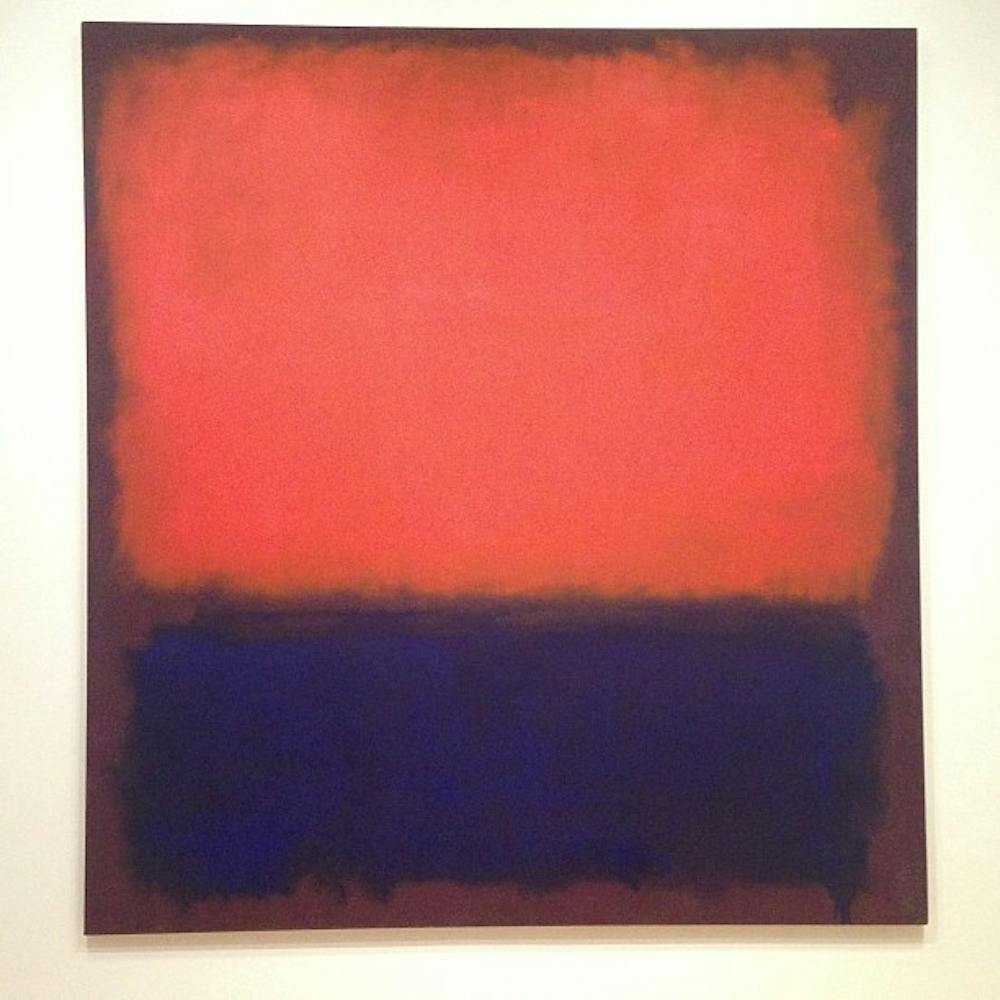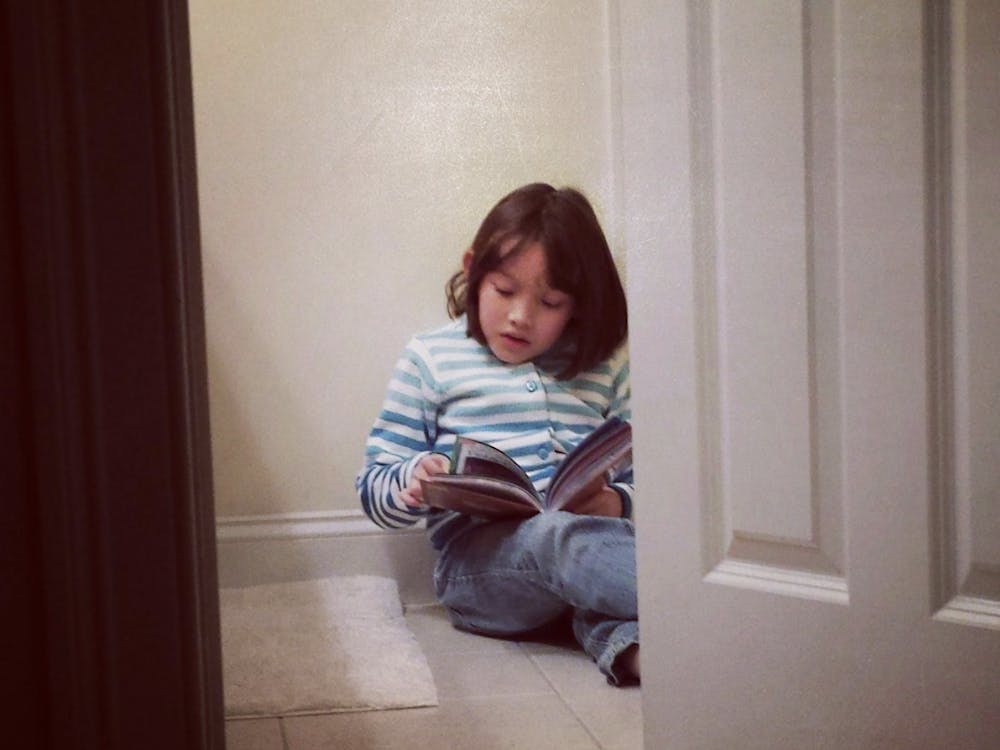
The painting is the size of two doors, thick stripes of color against a dark background. I stand in the hall and stare at it, my neck craning to take it all in. Mark Rothko’s No. 14, three rectangles of color — red, dark brown and black — on a 235.9 by 203.2 centimeter canvas.
Rothko is an abstract expressionist painter. His works are minimalistic and plain, the kind of paintings that make people roll their eyes and say, “Well, I could make this myself.” Sometimes I am one of those people, scoffing at modern art. However, at that moment, standing in the hall of the museum, staring up at No. 14, I can’t look away.
My first time at the Museum of Fine Arts, Houston (MFAH), I remember feeling bored. The paintings all seemed the same; they were either naked, muscly Greek heroes or meaningless splatters of paint. I followed my mom through the halls without really stopping to look. She would stop in front of a piece, read the plaque next to it with deep concentration and consider the work with the look of a seasoned art critique. Meanwhile, I only gave it a single glance and then moved on.
My initial impression of art museums did not leave me excited for more. I liked drawing and painting, but viewing art was very different from making it. Creating a piece was fun and expressive. I couldn’t imagine getting that same excitement from just looking.
The first time I stopped to really take in the art of the MFAH was on a school field trip. We were assigned to write reflections about a few of our favorite pieces out of the ones we encountered. I walked around aimlessly, unsure of what to write about, and sensing my apathy, my teacher advised me to slow down and observe longer than just a passing glance.
I stopped to examine an oil painting that I’d previously overlooked. Woman Writing in an Interior by Félix Emile-Jean Vallotton. The piece was relatively small, about 1 by 2 feet, with muted colors, soft lighting and rough brushstrokes. The content was not overly busy or exciting: A woman writes at a desk. She wears a loose, oversized blue dress, and the furniture around her is decorated in green upholstery. Her bed is covered in draped blankets with cluttered colorful patterns. The longer I looked, the more the painting revealed itself.
I looked past the woman to the window to her right, the lacy curtains half drawn to reveal some poster or sign. It couldn’t see what the poster displayed, but I shuffled closer anyway (as close as I could get without alerting the security guards) to try to ascertain its image.
I looked at the woman writing at her desk, her head completely obscured from my view by a bonnet. I wondered what she was writing. Was she a novelist completing her magnum opus? Was she the mother of a soldier writing a letter to her faraway child? Or was she detailing the mundanities of her day in a journal?
Woman Writing in an Interior was no longer a simple canvas board on the wall to glance at before walking away. It became a story, a starting point, something that left me thinking and wondering and excited for more. I think this is the power of an art museum: to be able to encounter great art. In an art museum, you have access to hundreds of works of art, and as you explore the labyrinth of halls and corridors, observing the work around you, you may encounter a piece that speaks to you.
Rothko’s No. 14 spoke to me. I was on a visit to the MFAH with friends when I saw it, situated among other abstract paintings. I couldn’t explain exactly why this work in particular attracted me. The depth of the colors, dark to the point of almost being muddy, seemed to draw me in. The bar of red at the top was a beacon that contrasted so brilliantly from the gloom around it. I saw No. 14 in the MFAH, and I couldn’t look away.
Over the years as I visited the MFAH more, I noticed my perspective on the work changing each time I went. The MFAH is not small. It houses hundreds of pieces throughout its winding maze of corridors and hallways. I have been many times and have yet to take it all in. New exhibits constantly open, featuring artwork from another museum or gallery. Every visit to an art museum is different from the last.
Of course, not every piece speaks, and not every artwork has words to say or stories to tell. Some paintings are just canvases on walls. Some sculptures are just carved rock on a pedestal. But every once in a while, I find a work that makes me stop in my tracks and look. I stare and wonder: Who made this? What possessed them to paint that stroke or mold that shape or weave that thread? What life did this person live up until the point they created this piece and what life did they live afterward? How much of their existence lies in this piece of art?
Aliza Li is a freshman from Houston, Texas studying Writing Seminars and Cognitive Science. Her column is an homage to all of the passions and obsessions that contribute to the person she is today.





